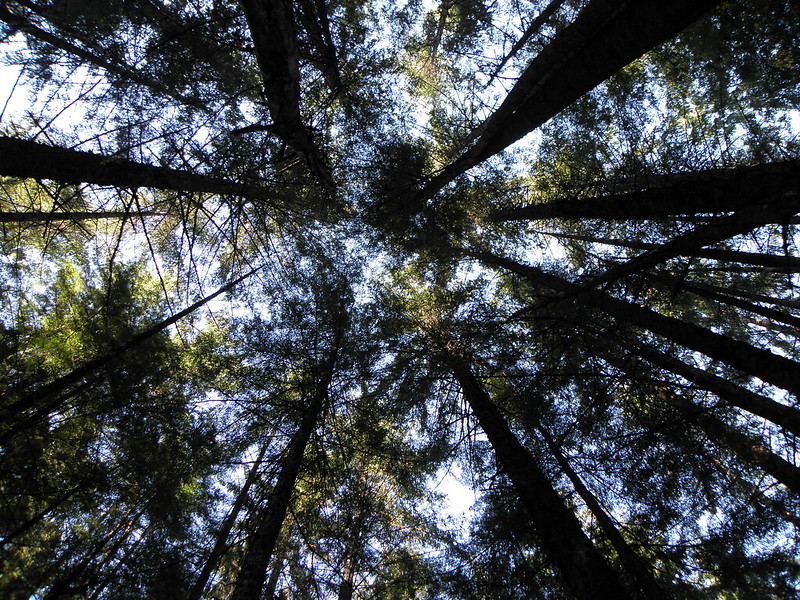Twenty years from now, we may be able to look back at 2023 as the year federal land managers made fundamental shifts in how forests managed by the U.S. Forest Service (USFS) and Bureau of Land Management (BLM) are valued and utilize land conservation as a nature-based climate solution.
The last time a presidential administration completed a major rulemaking process to conserve federal lands was more than 20 years ago. In 2001, President Clinton guided a process that led to the creation of the so-called “Roadless Rule,” identifying and preserving over 50 million acres of undeveloped land in National Forests across the United States. In essence, the rule established that intact ecosystems had inherent value wherever they stood, and should remain undisturbed: to put it simply, if a forest area didn’t have an existing road, it would take a damn good reason to build one.
In the years since, the Roadless Rule has stood as an effective tool for preventing the degradation of many wild places - but development, extractive industries, and the impacts of climate change continue to threaten federally managed lands.
On Earth Day 2022. President Biden visited Seattle to deliver major announcements on nature-based climate solutions. Seated at a desk among towering old-growth Douglas fir and cedar trees on a clear spring day, the President committed to leading agencies to “define, inventory, and protect” mature and old-growth forests on federal land - particularly as part of a strategy to mitigate the worst effects of climate change - and to deliver progress within one year.
In mid-April, the Forest Service, which is overseen by the US Department of Agriculture, made good on Biden’s commitment to deliver progress with a two-fold announcement. First, they released a first-of-its-kind GIS mapping tool, using sophisticated data to map watersheds, mature and old-growth forests, and other values on USFS and BLM land. This resource may become an important tool for BLM and USFS staff as they analyze the values of our landscapes – and determine what could be lost when land managers pursue practices like logging, mining, road-building, or other industrial uses.
The second part of the announcement was the launch of a process to seek public input on a possible administrative rule for preserving climate resilient forests. The rule isn’t a sure thing, which is what makes the public input so important. It is vital that the USFS turn this proposal into reality while we have this opportunity. The science is clear: older forests absorb and store more carbon than their younger counterparts. Moreover, these same old forests are generally more resilient to natural disturbances like wildfires. That makes them critical tools in the effort to take on climate change.
Simply put, preserving old-growth trees - and ensuring that mature forests are able to develop into old-growth - is a straight-forward management decision in an era of climate change. By protecting forests that are most resilient in the face of a changing climate, we are also preserving vital habitat and important watersheds for cities and communities around the country, while also keeping our most carbon-rich forests intact as a way to offset greenhouse gasses.
The BLM also introduced its own rulemaking process earlier in April, elevating the importance of conservation on BLM land. If it is done well, a BLM rule could provide critical protections for some of the most at-risk public lands in the country. Taken together, these two rulemakings could be one of the most significant conservation victories in two decades.
Twenty years ago, a million people told the federal government they wanted meaningful, durable protections for undisturbed natural areas. From that, we got the Roadless Rule. Twenty years from now, we may look back at these two rulemakings as the critical moment when federal forest and land management agencies decided to focus management on conservation as a way to combat the climate and biodiversity crises – but only if we make our voices heard.
